The October 15 issue of the Wine Spectator carries two intriguing features. The first is a series of reports, with lavish photographs, on “The World’s Greatest Vineyards.” This list of ten superstars is followed by a cast of twenty supporting actors, wineries the editors regard as “world class” but relegate to slightly lower rungs on the scale of vinous celebrity.
You might think that any such listing would be powerfully subjective. Isn’t one’s taste in wine a classic instance of de gustibus non disputandum est? Well, yes and no. You don’t have to be Immanuel Kant to appreciate that in judging wine there are some objective, or objective-like, features, as well as wholly subjective ones.
As to the latter, when I tell you that in the larger congeries there is but one winery each from Spain, Argentina, Germany and Australia, the rest hailing from France, Italy and California, you will conclude, rightly, that the selection reveals a certain establishment bias or (a nicer word) point of view.
It happens to be a perspective I mostly share, though I wonder what agonies of indecision or committee deadlock resulted in the inclusion of Australia’s Hill of Grace (a superlative winery) but excluded Penfolds (home of Grange Hermitage, a truly great Shiraz). Performing that triage must have been both a sad (for the many worthies excluded) and demanding, if not, strictly speaking, sobering exercise.
As to the more objective side of the matter, some of the Decemviri that make the cut are inarguable. The very first entry is devoted to Domaine de la Romanée-Conti (DRC for short), home to such stupendous Pinot Noirs as La Tâche, Richebourg, Échezeaux, and the eponymous Romanée-Conti itself. These wines have fair claim to be the best red wines in the world.
This is not a subjective judgment but simply the acknowledgment of an achievement. They are, especially in their best vintages, simply dazzling. They are also exceedingly rare (only about 450 cases a year of Romanée-Conti are made) and eyewateringly expensive. (I will forbear to specify any prices in this column. Some of the wines I mention can be had for a hundred or two or three; many, especially including the DRC ones, require an extra zero or, gasp, two.)
The word “best” is equally applicable to Montrachet. “What Romanée-Conti is for red Burgundy,” the Wine Spectator notes, “Montrachet is for white.” It is there that you will find the most exquisite, most luscious and complex Chardonnays. Also the dearest.
While some people prefer the meatier tastes of Cabernet to the perfumed lucidities of Pinot Noir, I don’t know anyone who would deny DRC and Montrachet places at the top of the pyramid of “world’s greatest wines.”
How about the rest of the wineries in the top ten? One producer of port makes the cut, Quinta do Noval Nacional, which makes the best port I have ever tasted. I’ll leave it at that.
Things then get a little complicated. Have you heard of the Oakville, Napa winery called To Kalon? The WS says that it is the “most famous vineyard in America.” The name was bestowed by storied nineteenth-century wine collector Hamilton Walker Crabb. The marketing people say that it means “highest beauty,” but in fact τὸ καλόν is simply Greek for “the beautiful.” Robert Mondavi, a name you will have heard of, later picked the spot to establish his famous winery. “To Kalon” is a tightly controlled brand name, bestowed upon a handful of wines, including Schrader Cellars, Detert, Highest Beauty, and some Mondavi wines. I have had several of these wines and, yes, they are excellent. But better than all other California reds?
There are some questions that it is best to leave open, if only because it allows you to keep talking or, as in this case, to keep tasting. That is certainly the way I feel about several of the other great wineries that make it into the top ten: Masseto and Tignanello in Tuscany, JJ Cohn Ranch in Napa, La Landonne in Côte-Rôtie, and Wehlener Sonnenuhr in Mosel, home of some of the world’s best Rieslings. Are they better than their rivals?
I’ll end with L’Enclos, which straddles Pauillac and Saint-Julien in Bordeaux on the Gironde. As it happens, it is home to two of my favorite Médocs, Château Latour, at its best perhaps the most stately of all the First Growth Pauillacs, and Léoville-Las Cases, a Second Growth Saint-Julien that, along with the neighboring Château Beychevelle, is a model of chaste but luscious elegance.
I suppose this is where a subjective note enters. Léoville-Las Cases (along with Beychevelle) is my favorite Saint-Julien, which means it is also among my very favorite Médocs. Is it better than other great Saint- Juliens, Talbot or Gloria or Ducru-Beaucaillou or the other Léovilles (Barton, Poyferre)? In some cases, I’d say, yes, demonstrably. Other cases are more debatable. It is lovely to know that one can continue to participate in so pleasant a debate.
This article was originally published in The Spectator’s November 2024 World edition.



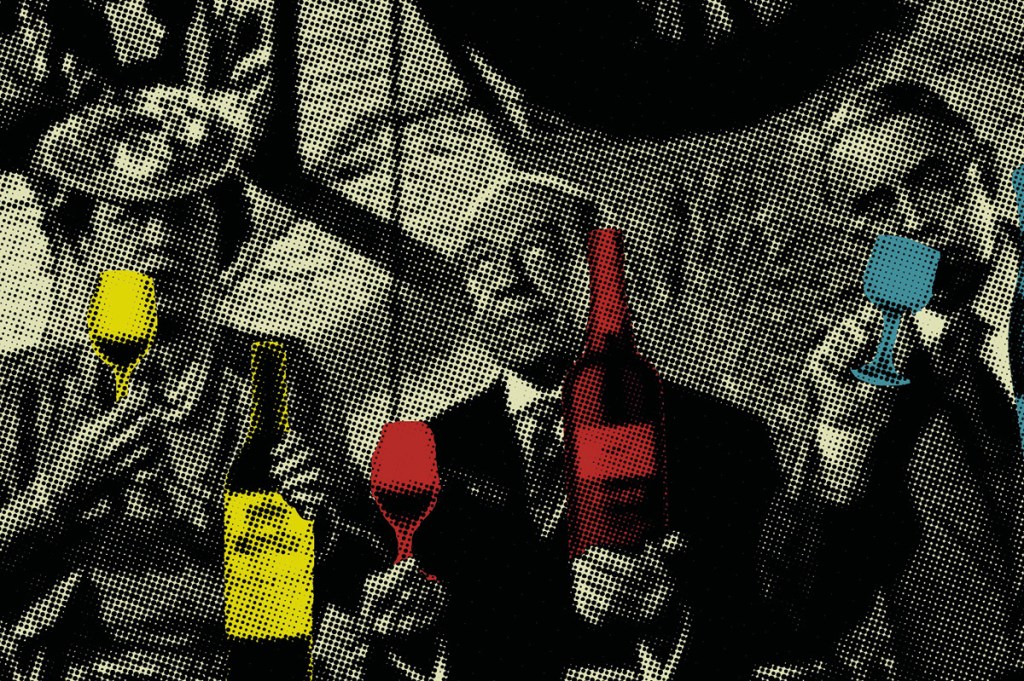






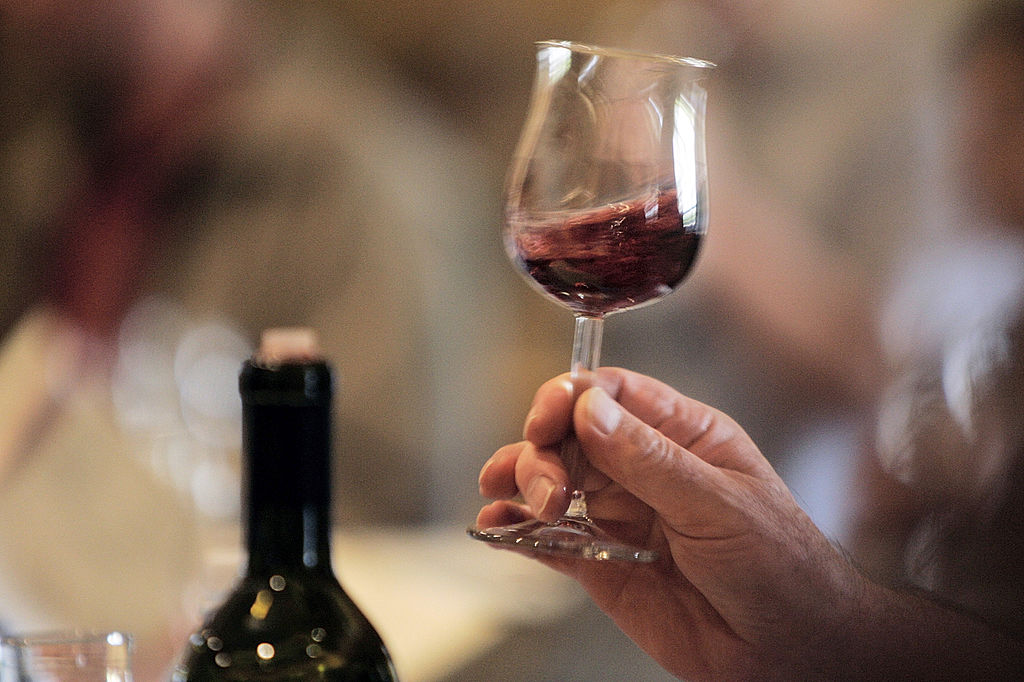
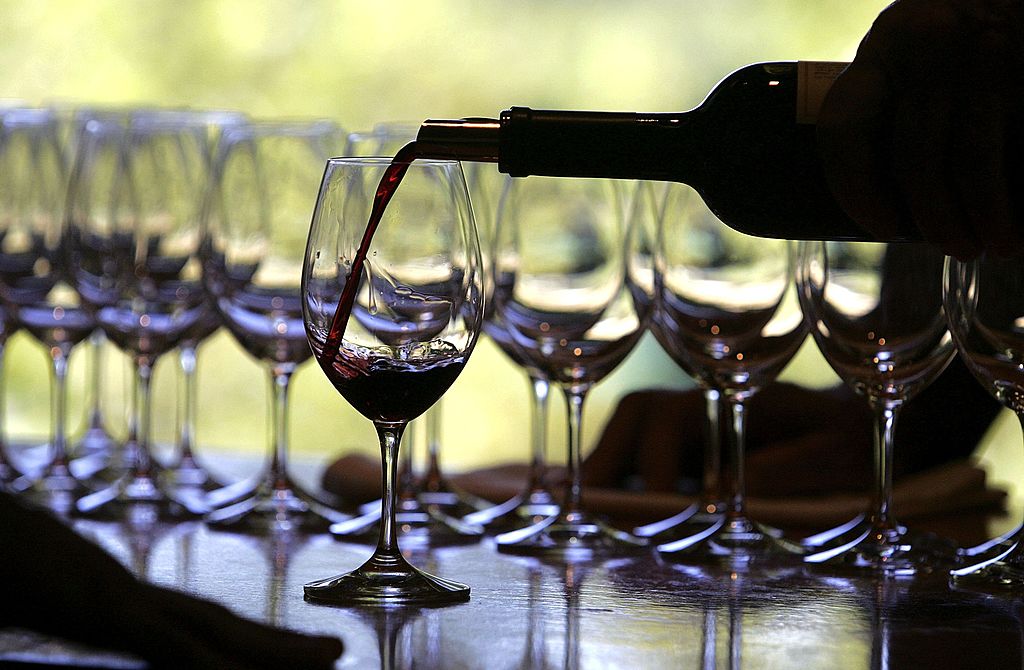
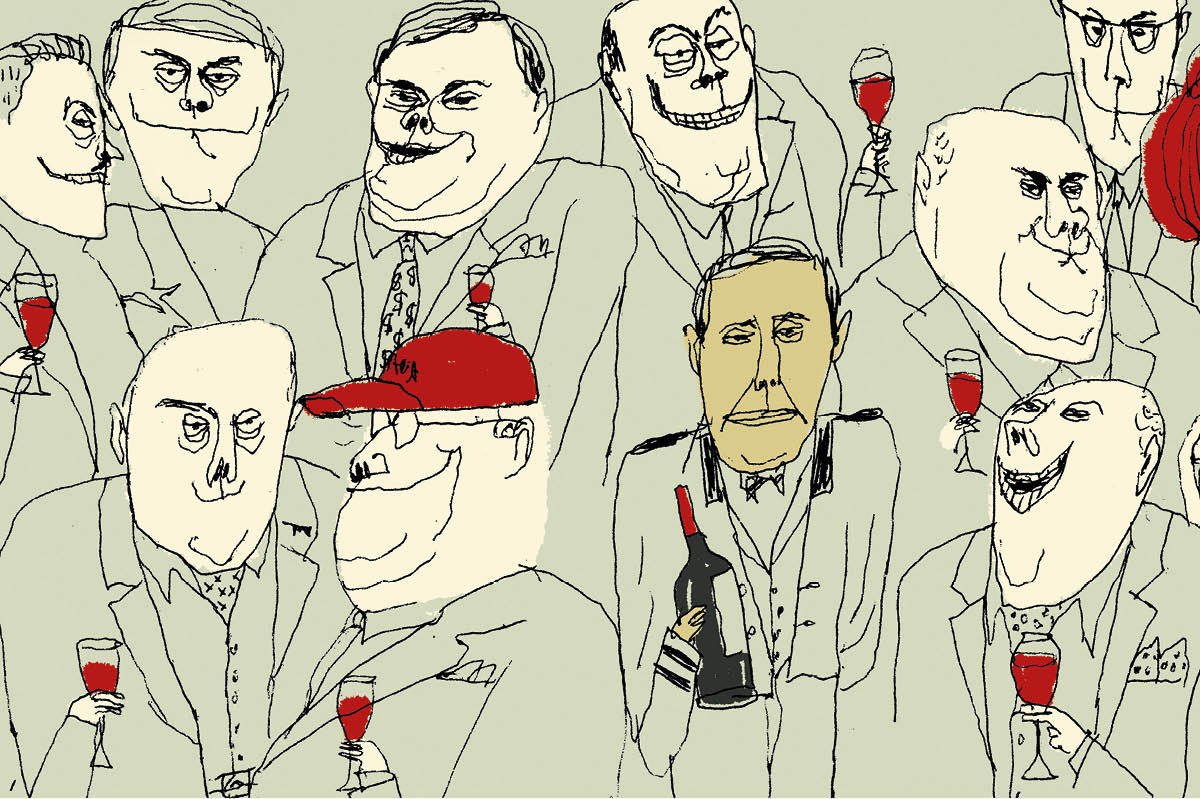

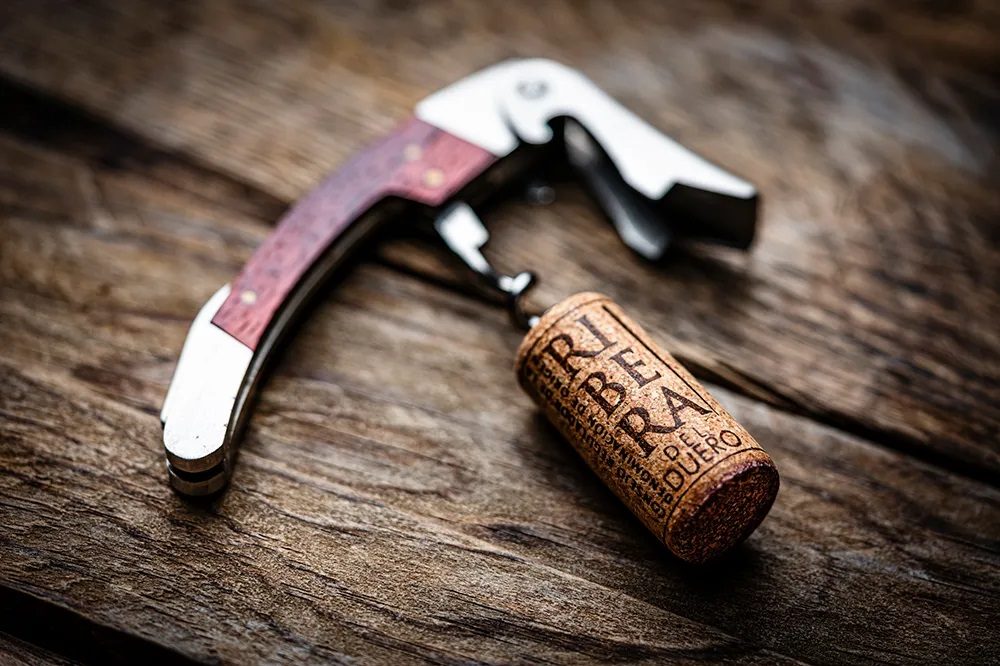
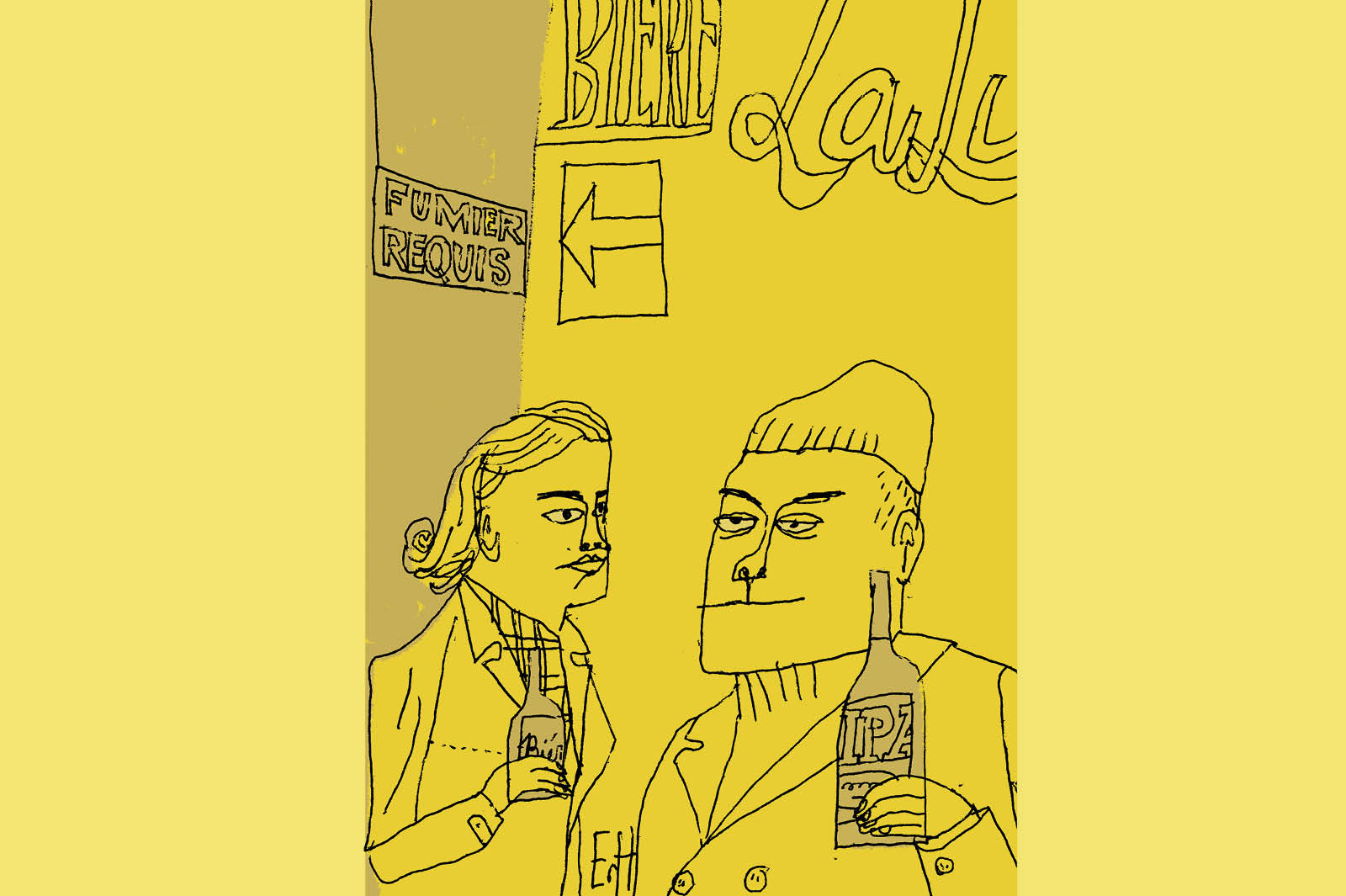







Leave a Reply